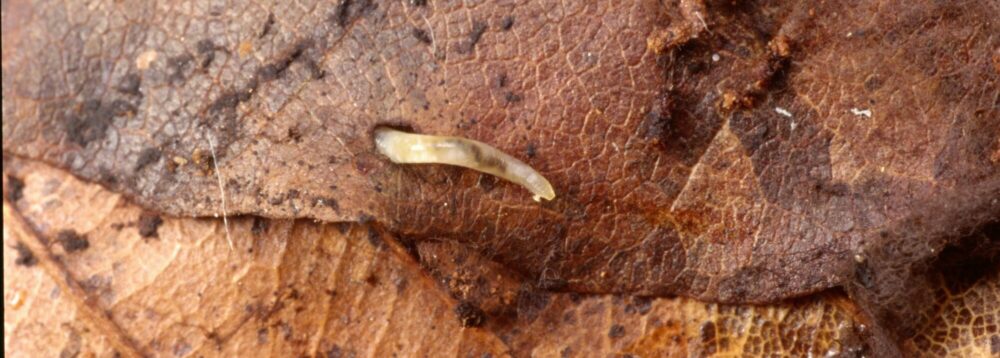Humus forms of natural fens and bogs develop when peat is formed in the anaerobic environment by accumulation of incompletely decomposed plant material. The water level must be near or above the soil surface on a long-term average.
The main controlling variables which control peat formation conditions are the water and nutrient balance and the decomposability of the plant litter. They affect the degree of humification and thus the humus form. Therefore, the degree of decomposition and humification of Hn horizons (H 1 to H 10) is included in the naming of bog humus forms.
Humus forms of natural fens and bogs are described only if the water regime is classified as permanently wet with intermittent over-wetting and thus corresponds to the (hydric) formation conditions for peat. Nevertheless, in growing peatlands, seasonal water level fluctuations can also cause phases with aeration of the litter decomposition area, leading to a high degree of humification. The reference horizon or diagnostic horizon is always the peat formation horizon (Hn) at the soil surface.
The combination of the degree of humification (water balance) and trophic characterisation results in the humus forms of growing peatlands, which are summarised in the humus form classification, irrespective of the type of peat (fen, transitional peat, and raised bog peat).
Hn horizons – degree of decomposition and humification
Trophic grades of hydromorphicc humus forms
The CN ratio ist the basic information to define trophic grades for Hn horizons (Succow & Joosten, 2001: p 229–234). In addition the acid-base status is important for the startification of peat humus forms (variety).
Example: Very acid dystrophic F-Moor (humus form of a raised bog)
Humus forms of natural fen and bog characterise formation conditions of peat
Als Grundlage für die Trophie-Stufen wird nach Succow & Joosten (2001: 229–234) das C/N-Verhältnis verwendet, siehe Tabelle B‑102, erweitert um den Begriff dystroph, und zwar im Torfneubildungs-Horizont (Hn). Darüber hinaus ist der Säure-Basen-Status (pH-Wert) für die Einstufung der Moor-Humusform von Belang (s. Abbildung B‑23) und kann in der Humusformen-Varietät ausgedrückt: Sehr stark saures Dystrophes F-Moor (Humusform eines intakten Hochmoores). Die pH-Werte wurden bislang an lufttrockenen Proben in 1 N KCl bestimmt. Die Humusformen Natürlicher Moore sind damit eine ökologische Kennzeichnung der Torfbildungsprozesse (Bildungsbedingungen). Neben den unten aufgeführten Beispielen können weitere Subtypen der Moor-Humusformen auftreten.
